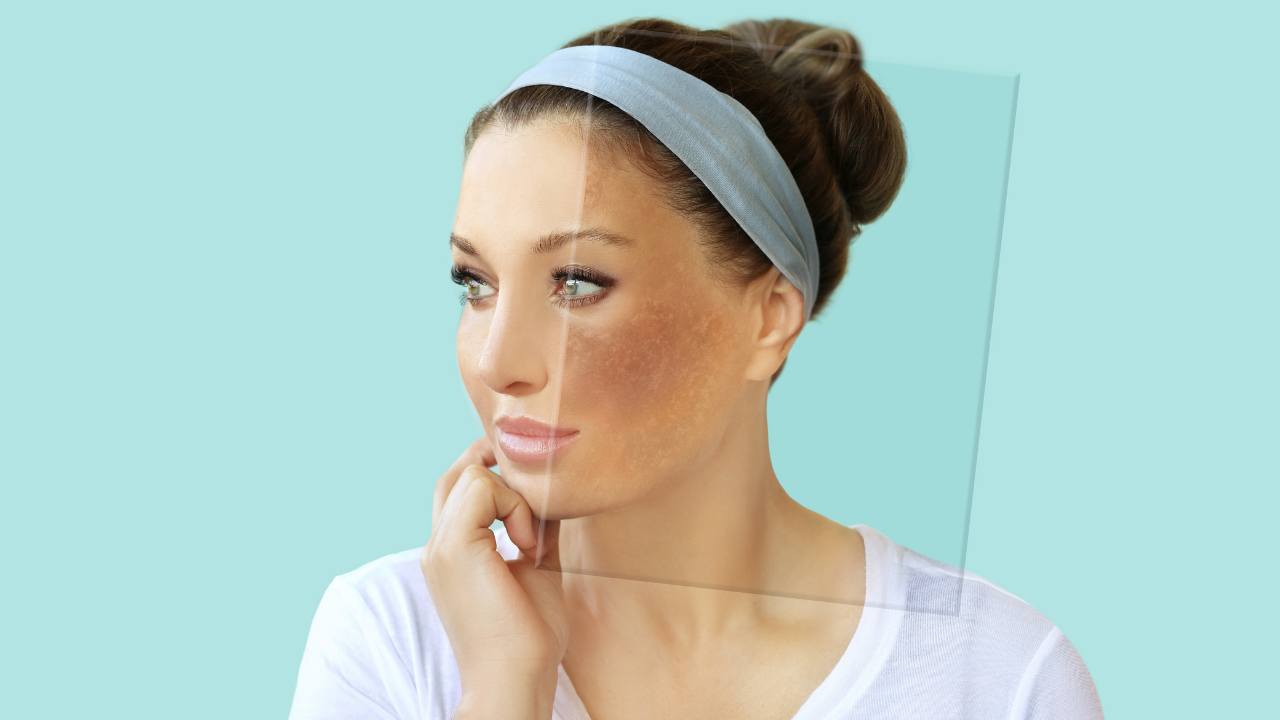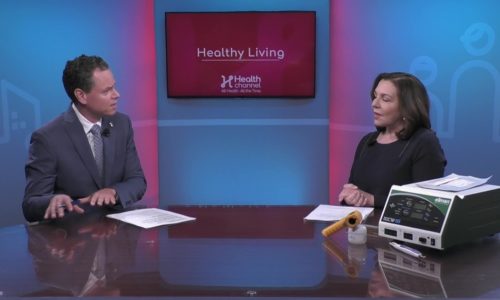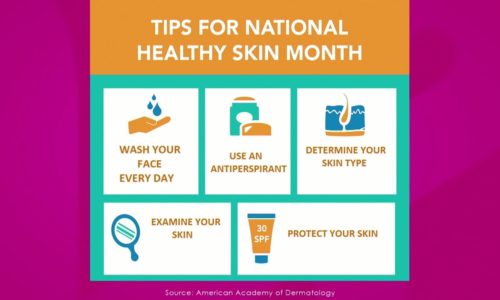Understanding Sun Damage: Exploring the Layers of the Skin |

1.- Layers of the Skin: Epidermis, Dermis, and Beyond
To comprehend the impact of sun damage, we must first familiarize ourselves with the layers of the skin. The epidermis, the outermost layer, is where a majority of skin cancers originate. Beneath the epidermis lies the dermis, housing essential components like collagen and elastin, responsible for maintaining the youthful appearance of our skin. Lastly, we have the deeper layers, consisting of fat and muscle.
2.- Focus on the Epidermis and Dermis
When it comes to sun exposure, our primary concern lies within the epidermis and dermis. The sun’s ultraviolet B (UVB) and ultraviolet A (UVA) rays target the DNA within our skin cells. While our bodies attempt to repair this DNA damage, it cannot be fixed entirely. Consequently, the repaired cells develop mutations or abnormalities that lead to abnormal growth and the development of skin cancers.
3.- Distinguishing UV-B and UV-A Rays
UV-B and UV-A rays differ in their wavelengths. UV-B rays have shorter wavelengths, while UV-A rays have longer ones. UV-B rays primarily cause sunburn and contribute to skin cancer, while UV-A rays penetrate deeper into the skin, playing a significant role in skin aging.
4.- Misconception: Cloudy Days and Sun Protection
It is essential to debunk the myth that cloudy days provide adequate protection from the sun’s harmful rays. Cloud cover does not shield us entirely, and approximately 80% of the rays can still penetrate through clouds. This false sense of security often leads people to forget sunscreen on cloudy days. Paradoxically, studies have shown that individuals tend to experience more sun damage on cloudy days compared to sunny ones.
Learn more about sun damage here: https://www.youtube.com/watch?v=7KH5jjWyrus








